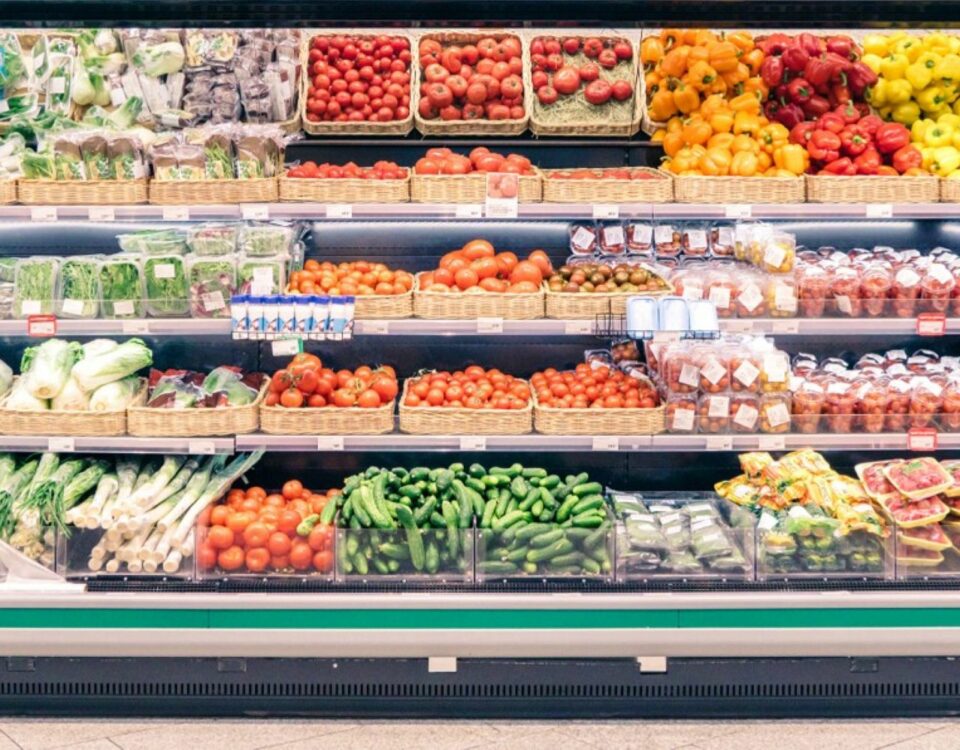Major European Food Manufacturer
Merger and Acquisition
Our Client had made a major acquisition in dry foods manufacturing – increasing the number of European production sites to 19 and production lines to 297. The Supply Chain infrastructure was a combination of existing and acquired assets.
Problem
Sequoia completed an initial Greenfield study to assess the potential savings from restructuring, identifying €100 million in annual savings by transitioning to an optimal network. However, to move forward, a more detailed study was needed to address several key challenges:
- Determining which sites should be expanded and which should be closed
- Defining the specific types of production facilities to retain or establish at each location
- Finding short-term opportunities to re-map or relocate production to immediately capture savings
Solution
The Network was both large and complex compared to most FMCG networks:
In order to model the Network, we had to identify and characterise every packaging and process line within the Network. We also had to categorise the product range into Packaging Formats – so that we could use an optimising algorithm to match demands to production capabilities.
There were:
- 118 unique (non interchangeable) Formats across;
- 297 packaging lines; within the
- 19 Factories included in the study.
As well as splitting the product range by Format, we further subdivided it:
- By ABC category – so that we could explore the cost impacts of focusing factories on either volume or complexity; and
- By channel so that we could evaluate the benefits of focused Food Solutions factories.
The volume mapping onto lines had a vast number of permutations. Because of this we used a Genetic Algorithm based optimiser – to ensure that like for like comparisons of Base Case years and Restructuring years were conducted objectively.
Impact
After the detailed study of the Supply Chain, looking out over the next 10 years, we confirmed:
- The Supply chain is under capacity in some Technology Groups but has a significant excess of capacity, lines and sites in others;
- There is a considerable need for investment, restructuring and rationalisation to:
- Rebalance the Supply Chain to better fit its future challenges; and to
- Leverage low cost sourcing opportunities to match competitors
- Hence – we developed an investment and restructuring programme which will, over the next 4 years, enable the development of a leaner, fitter supply chain with 26% lower end-to-end conversion cost.





